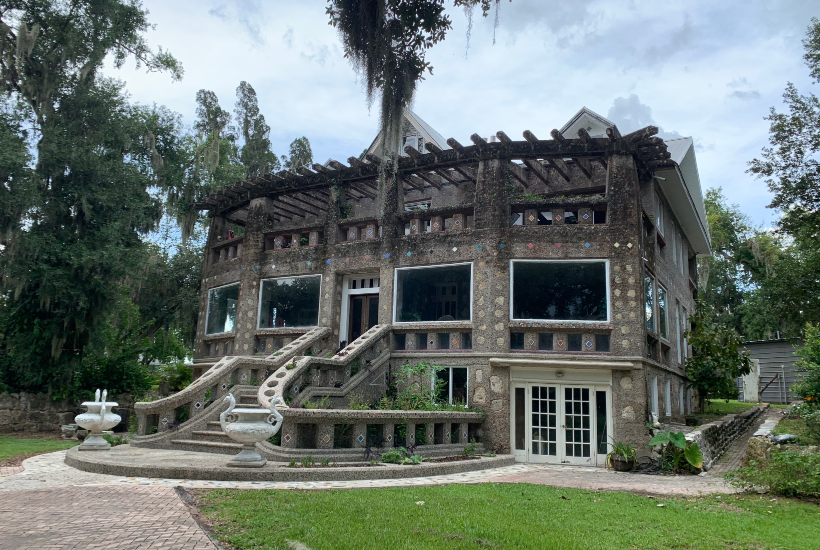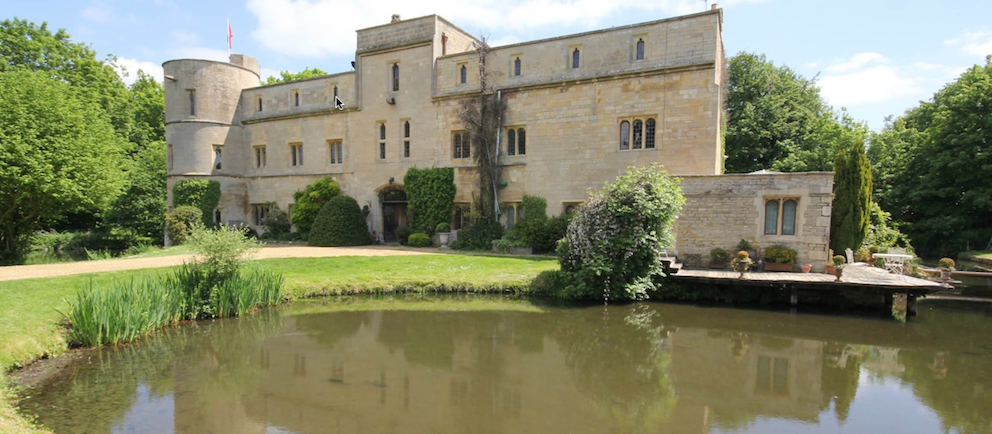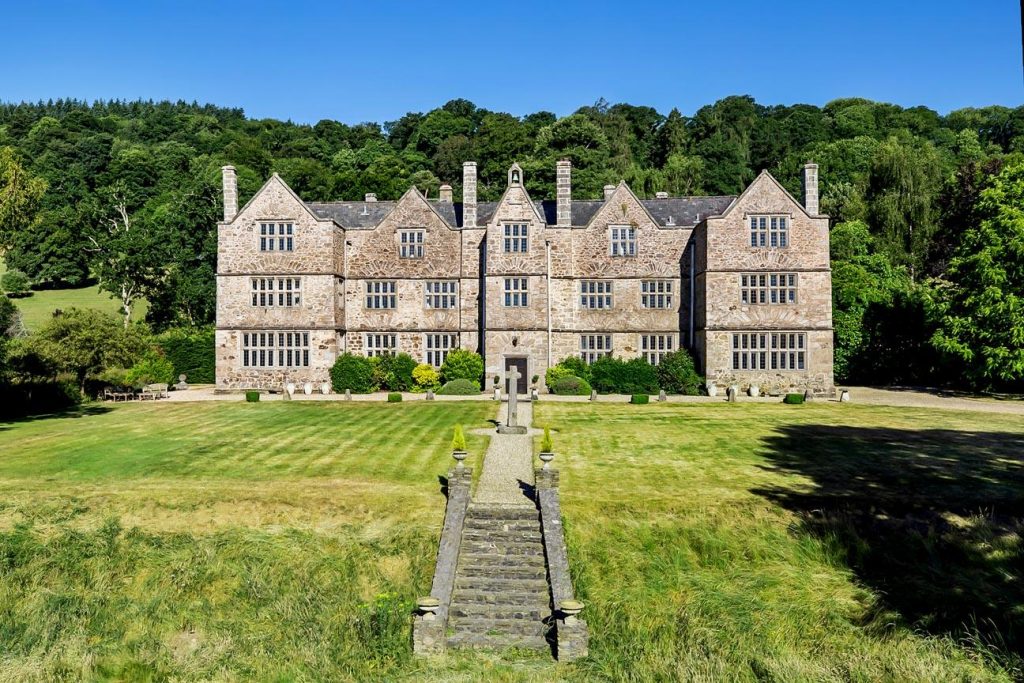The Molly Brown House is a property located in Denver, Colorado that once belonged to Margaret Brown. Margaret was from a poor family but would eventually become very wealthy. She later became known as “The Unsinkable Molly Brown” after surviving the Titanic disaster in 1912.

The Early History Of The Molly Brown House
The Molly Brown House was built by the well-known architect William A. Lang in 1889. It incorporated several styles that were popular at the time, including Queen Anne style and Richardsonian Romanesque.
The first owners of the property were Isaac and Mary Large. They sold the property just four years after purchasing it, in 1893, to James Joseph Brown, the husband of Margaret (Molly) Brown, for $30,000.
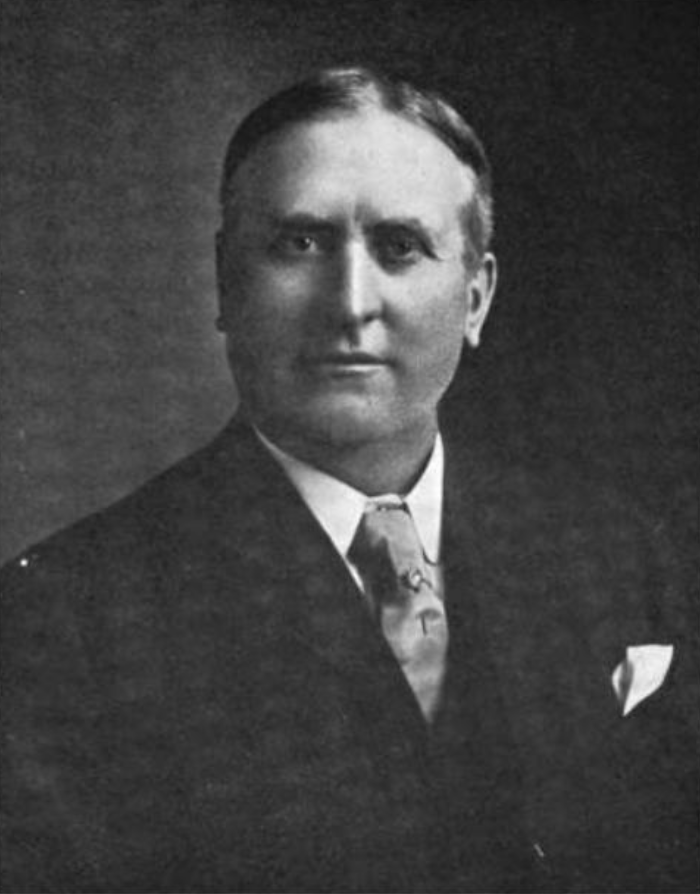
James Joseph Brown
For a number of years, she lived in the property with her husband; however, in later years, because she traveled extensively, she often rented the house out.
In 1902, it became the mansion of the Governor of Colorado for a short period after Molly invited him to live there while his own house was being remodeled. Then, many years after, in 1926, she turned the property into a boarding house under the supervision of her housekeeper.
Who Was Molly Brown?
Margaret Brown, who wasn’t actually known as ‘Molly Brown’ until long after her death, was born in Hannibal, Missouri, in 1867.
Margaret was brought up poor; her parent were Irish Catholic immigrants, and the whole family, two adults and seven children, all lived in a three-room cottage in Hannibal.

The house where Molly Brown was born now operating as a museum.
At the age of 18, Margaret relocated to Leadville, Colorado, with a number of her siblings, where she found work sewing carpets at a dry goods store.
While in Leadville, she met James Joseph Brown, whom she married in 1886. They went on to have two children, Larence Palmer Brown and Catherine Ellen Brown.
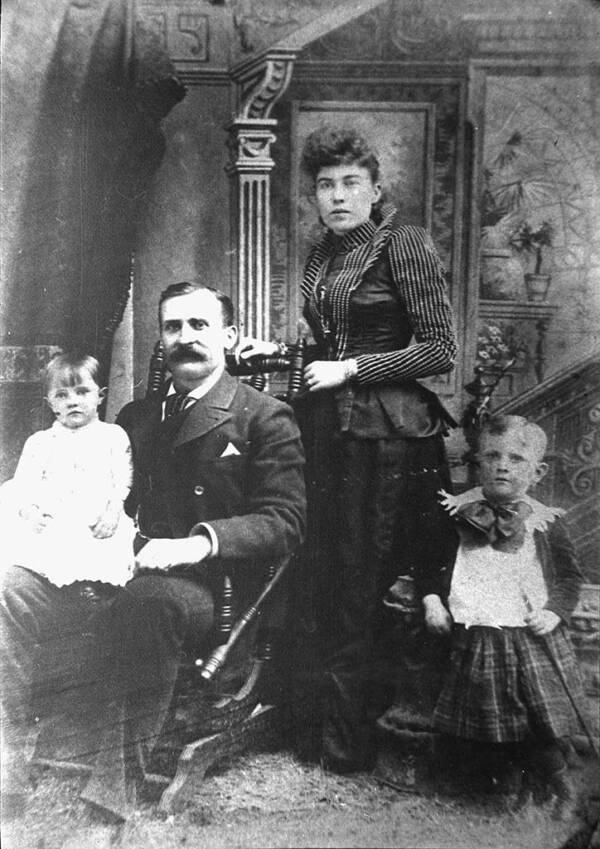
At the time, James wasn’t a wealthy man; however, all that would change in 1893 when James’ mining engineering efforts proved instrumental in the exploration of a substantial ore seam at the Little Jonny Mine.

His employer, the Ibex Mining Company, awarded him 12,500 shares of stock as well as a seat on the board. A year later, in 1894, he purchased what is now known as the Molly Brown House.

After becoming wealthy, Margaret became a charter member of the Denver Women’s Club, whose goal was to improve women’s lives through education and philanthropy. She also became immersed in the arts and became fluent in a number of different languages.
However, James was in no way interested in the social life that Margaret enjoyed so much, and they eventually began to drift apart. In 1909, after 23 years of marriage, they signed a separation agreement in which she received a monthly allowance of $700, the equivalent of $23,000 today.
Margaret Brown And The Titanic
In 1912, three years after separating from James Joseph Brown, Margaret Brown found herself visiting her daughter in Paris.
While in Paris, she received news that her eldest grandchild, Lawrence Palmer Brown Jr., was very ill and immediately booked passage on the first liner leaving for New York, the RMS Titanic.
Margaret Brown boarded the Titanic as a first-class passenger on the evening of April 10th in Cherbourg, France. The ship had set sail from Southampton, England, earlier that day.

Five days later, on April 15th, as the Titanic sank, Margaret helped other people board lifeboats before eventually boarding lifeboat number six.
Molly would take an oar herself and then demand that the lifeboats return to save other passengers. She was met with opposition by Quartermaster Robert Hichens, who was afraid the boat would become swamped with people. Eventually, according to other passengers, she threatened to throw him overboard if they didn’t turn back.
Much of this was played out in the 1997 movie ‘Titanic,’ with Margaret Brown being played by actress Kathy Bates.
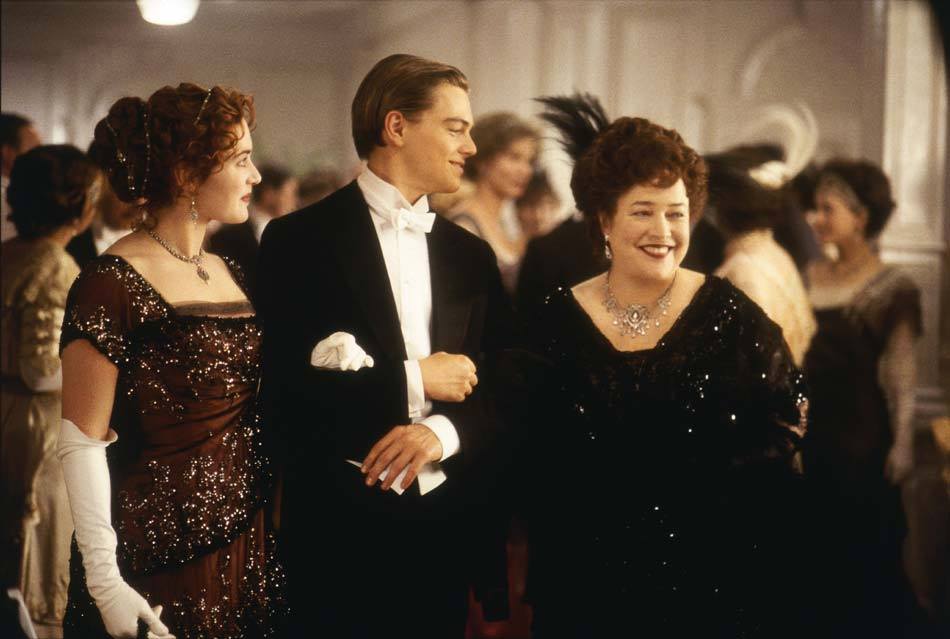
Kathy Bates as Margaret Brown, alongside Kate Winslet (Rose) and Leonardo DiCaprio (Jack).
After being rescued by RMS Carpathia, Brown organized a committee of first-class survivors to secure basic necessities for second and third-class survivors.
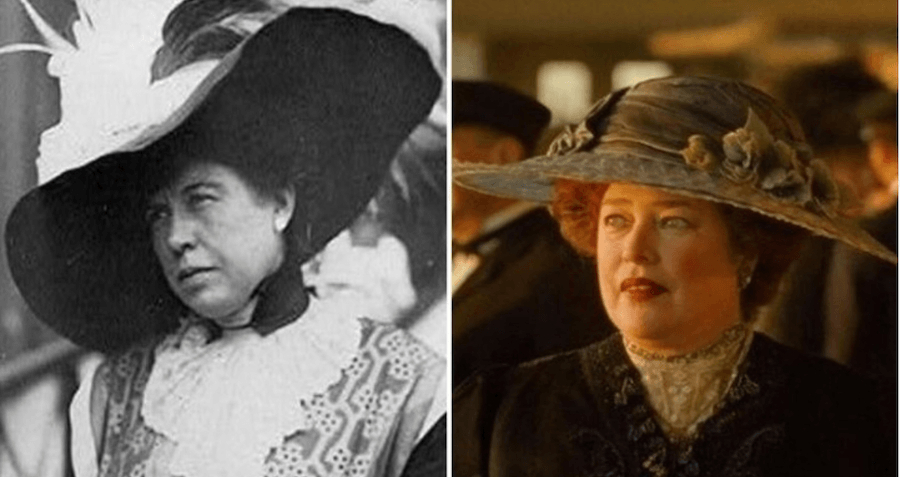
Margaret Brown In The Years After The Titanic
Two years after the sinking of the HMS Titanic, Margaret became the director of the American Committee for Devastated France during World War I. She then found herself in France working for the Red Cross, helping rebuild France in areas behind the front line. She would later receive the French Legion of Honour for her work during this time.
Throughout the 1920s, Margaret spent most of her time on passion projects, especially theatre. On October 26th, 1932, at the age of 65, Margaret died in her sleep while staying at the Barbizon Hotel in New York.
Margaret Brown After Death
In the years after her death, Margaret got the name ‘Molly’ and is more commonly referred to as Molly Brown. In 1985, she was inducted into the Colorado Women’s Hall of Fame as one of the first inductees.
In France, they celebrated her work in the country by opening a riverboat attraction at Disneyland Paris known as the ‘Molly Brown Riverboat.’

While many people will have seen her portrayed by Kathy Bates in James Cameron’s 1997 movie ‘Titanic,’ and possibly not have realised she was based on a real woman. This isn’t the first or last time Molly has been portrayed on screen or stage!
Other times included the ‘Titanic’ movie in 1953, ‘A Night to Remember’ in 1958, ‘S.O.S Titanic’ in 1979, and two Titanic TV series, one in 1996 and one in 2012. In 1960, ‘The Unsinkable Molly Brown’ Broadway musical opened and ran for two years before closing its doors after 532 performances.
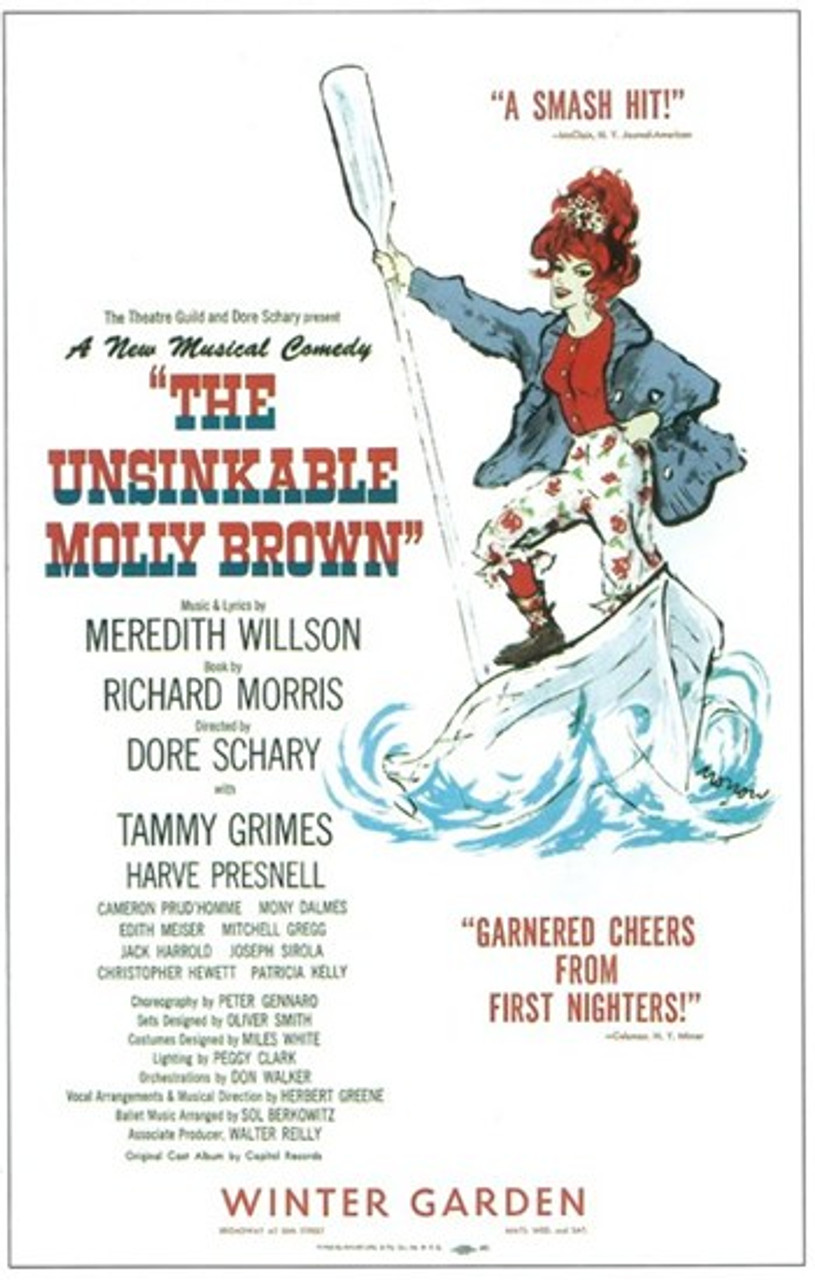
The Molly Brown House In The Years After Her Death
After the death of Molly Brown in 1932, the Molly Brown House was sold and became a rooming house for men. Over the next 40 years, the property deteriorated, and then in 1970, with demolition looming, a group of concerned citizens formed Historic Denver Inc. and raised funds to save the Molly Brown House and return it to its former glory.
The group used paint chip analysis and old photos taken in 1910 as a guide to how it once looked, restoring what is now known as the Molly Brown House to its former glory.
The Molly Brown House Today
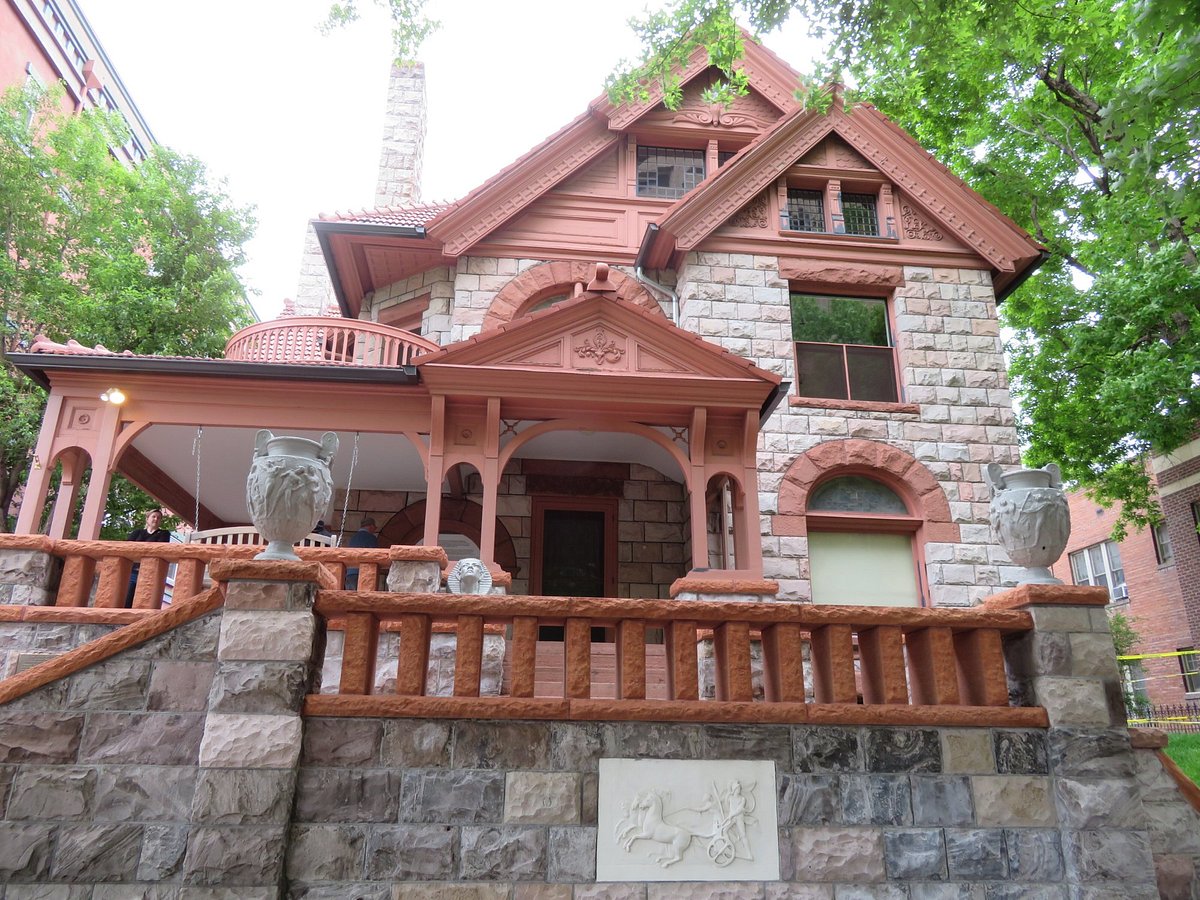
The Molly Brown House today is still owned by Historic Denver Inc. They run the property as a museum, with daily tours ranging from $12 to $20.
The guided tour of the Molly Brown House takes you through sixteen rooms across three floors, where you can see some of Molly’s clothing, jewelry, art, and furniture.


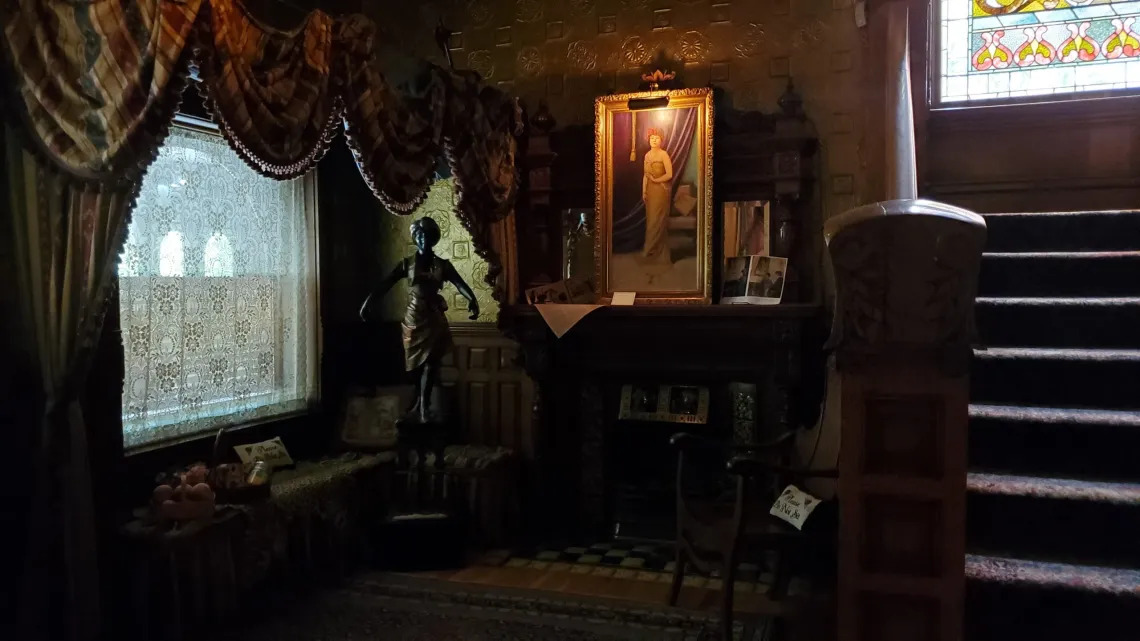
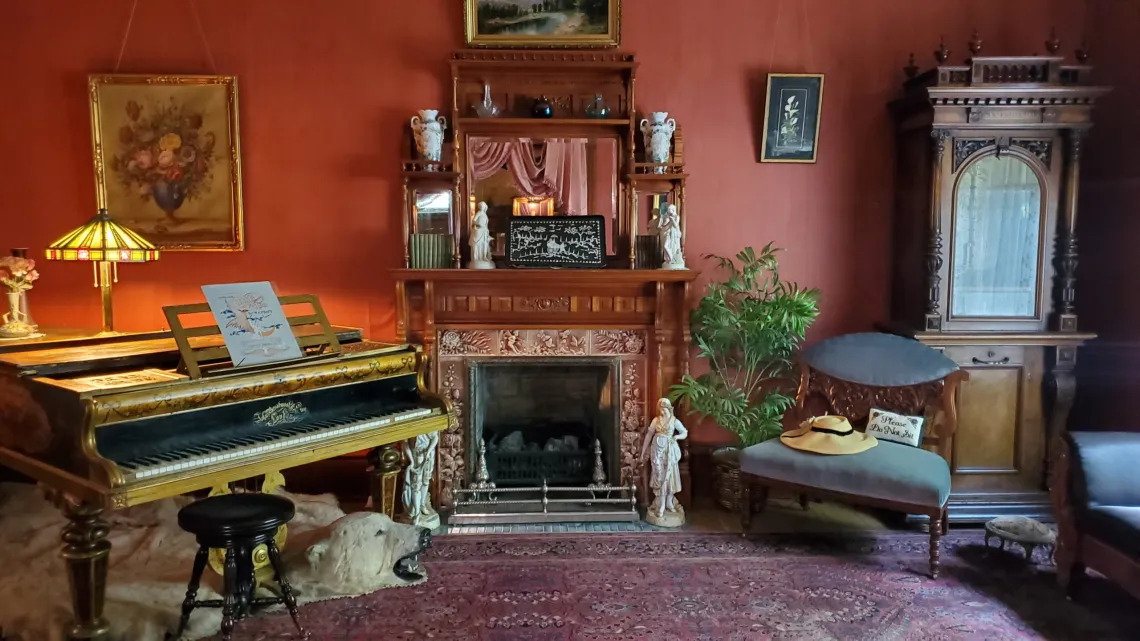
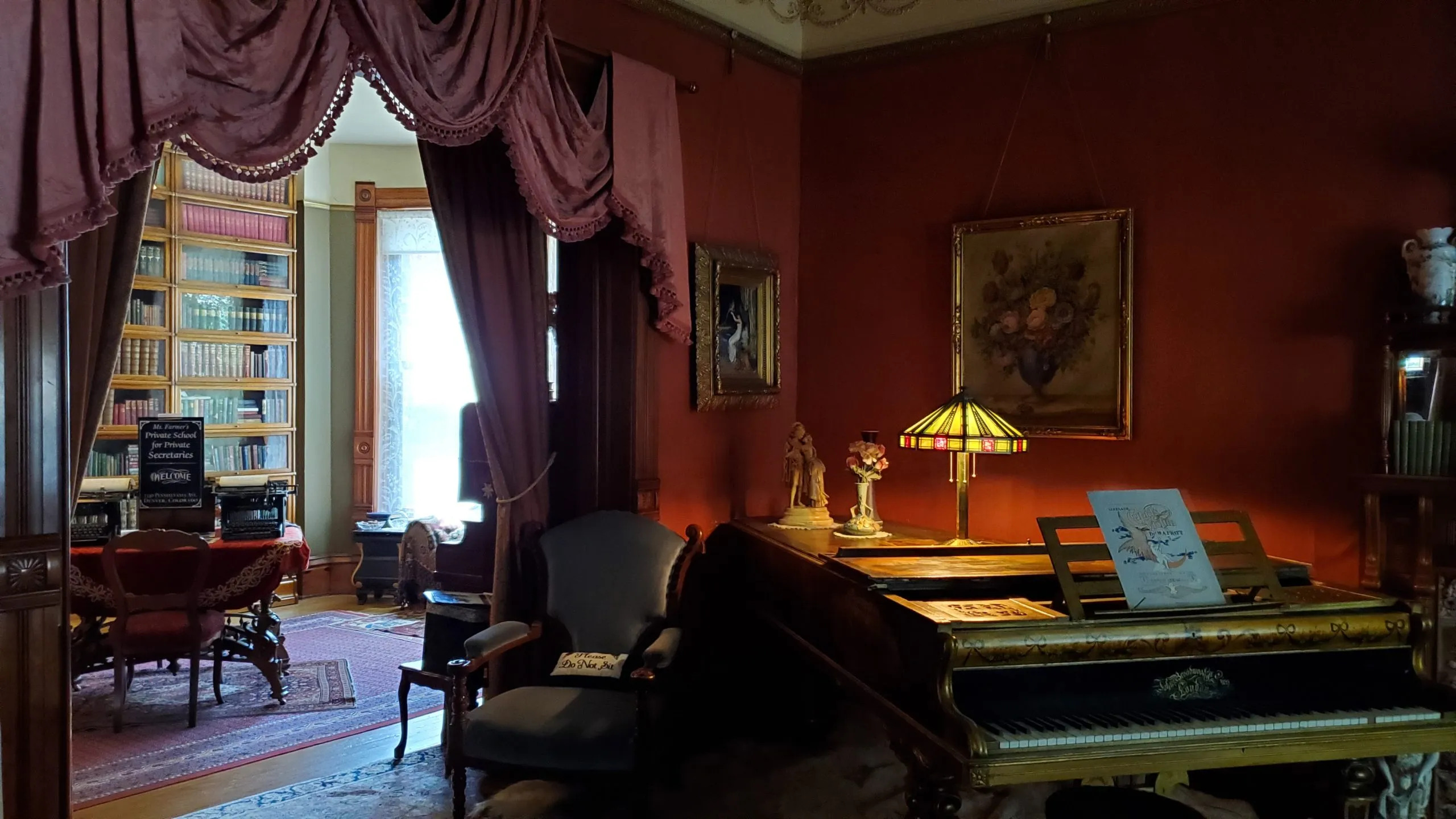
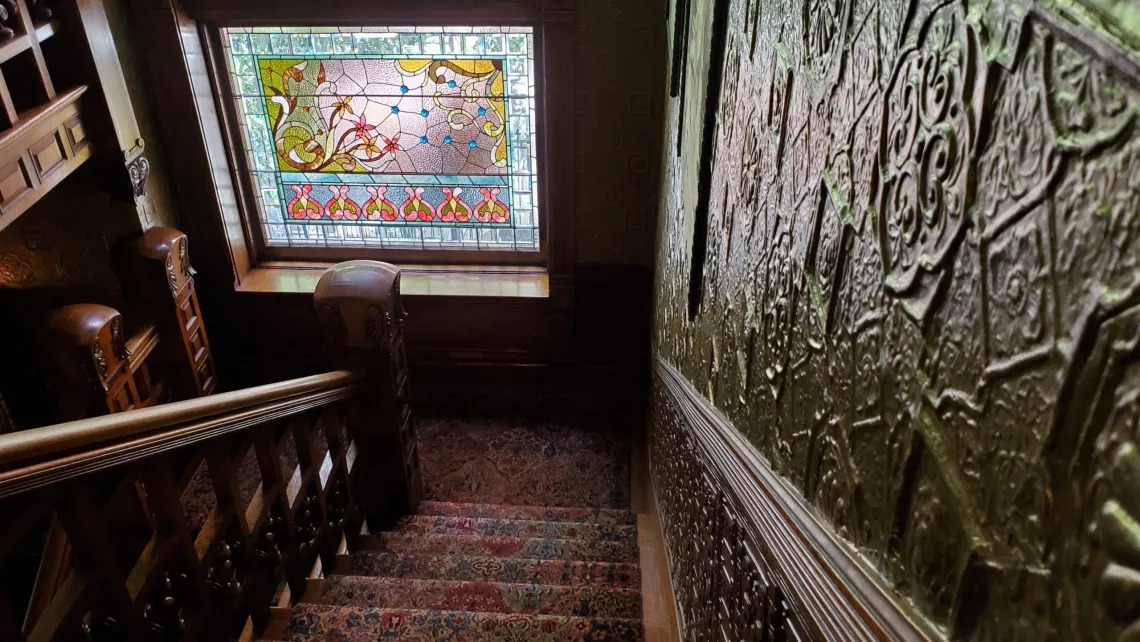

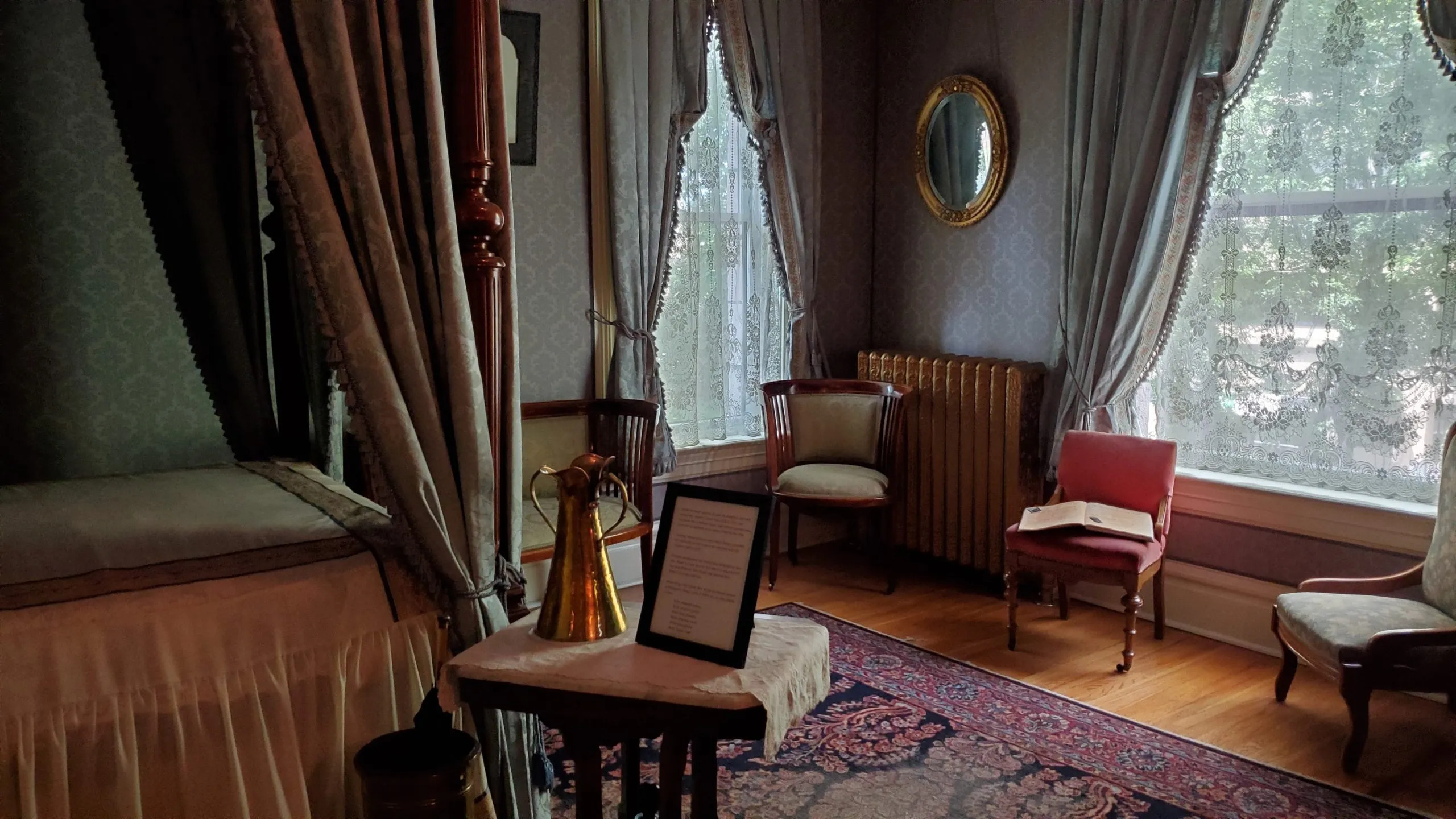
If you want to visit the Molly Brown House Museum, make sure you check out their website for any information you may require regarding prices and times.


